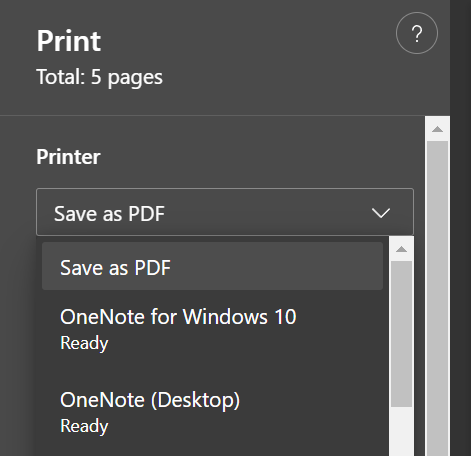Species/Cultivar Selection
Use of Drought-resistant Varieties
Climate Adaptation Effectiveness
Despite the occurrence of stresses, climate resileint crops/ varieties still give reasonable yield levels.
Climate Hazards
- Drought
- Onset of Rainy Season
- Rain-Induced Flooding
Locations
- Pantabangan-Carranglan Watershed, Pantabangan, Nueva Ecija, Region III (Central Luzon)
Adaptation Sectors
- Agriculture
- Water Management
CCET Instuments
- Action Delivery
Target Group based on Vulnerability
Basic Sectors:
- Children
- Farmers and Landless Rural Workers
- Indigenous Peoples
- Persons with Disabilities
- Senior Citizens
- Women
- Youth and Students
Evaluations
Economic / Financial Effectiveness
Using drought-resistant varieties entail less cost compared to traditional varieties because it requires less resources for crop management. It also has a higher return in yield and profit.
Technical Feasibility
Implementation requires knowledge and research on which varieties are most suited to the soil types in different localities.
Social Acceptability
There is a 30-60% adoption rate for this solution in the Cordillera Administrative Region, Calabarzon, and Northern Mindanao.
Environmental Impact
Using drought-resistant allows for water conservation and reduces the probability of pest infestation and disease.
Mitigation co-benefit
Less use of fertilizer and pesticides would lead to a lower contribution to greenhouse gas emissions. This solution also maintains soil quality and enhances soil carbon stock.
Keywords
appropriate crop variety, increased yield, flood and drought tolerance; Pantabangan, stress-tolerant crop variety
References
